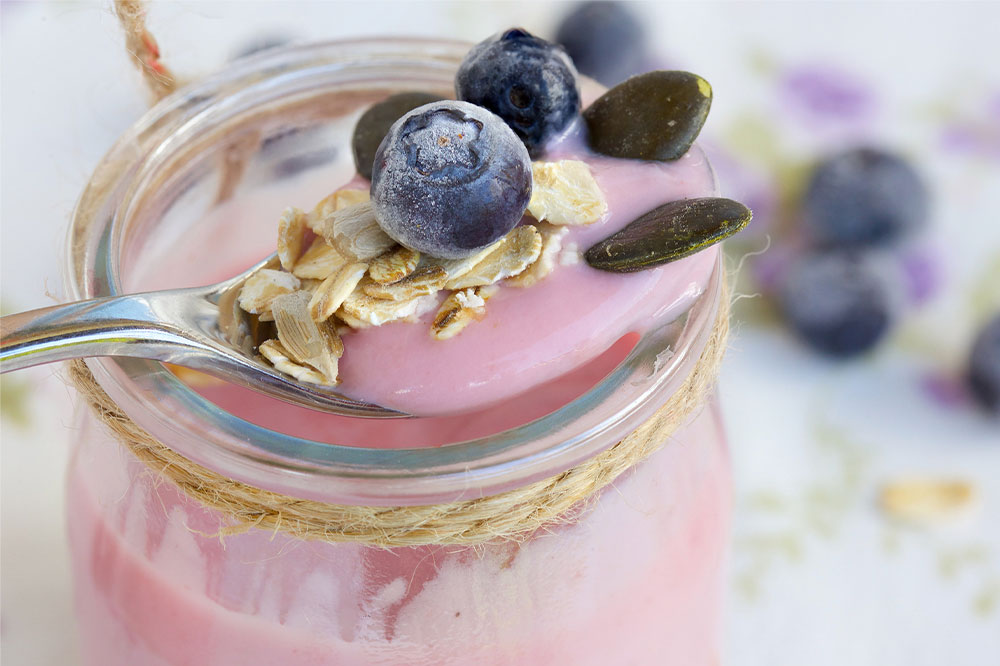8 Foods That Help Relieve Nasal Congestion

As the season changes and allergies arise, most people get caught up with nasal congestion. Nasal congestion is when your nasal sinus is filled with fluid and causes coughing, sneezing, and heaviness. In some cases, patients may also have a fever due to the fluid infection. It may turn contagious where the causative agent is a virus or a bacteria. However, most people also get nasal congestion or polyps due to sinusitis, allergies, etc.
How to fight nasal congestion?
Patients who experience nasal congestion often complain of having it quite frequently. Unfortunately, treatment protocols such as the consumption of anti-allergens and antibiotics can only help with temporary relief. A way to get rid of nasal congestion for a longer span is by identifying the cause. For instance, getting treated for deviated nasal septum or identifying the items you are allergic to and avoid them. Eating the right kind of food can also help manage nasal congestion better.
Food that can help you in coping with nasal congestion
Add pumpkin seeds to your yogurt
Eating seeds in their natural form helps you get great sources of nutrients and fibers that not only help you in the long run but also help you in treating nasal congestion. In most cases of nasal congestion, the walls of the nasal sinus tend to get infected or fill up with fluid, thereby causing inflammation.
Pumpkin seeds have Omega 3 fatty acids that help in reducing the level of inflammation. It is also rich in magnesium, which is also anti-inflammatory in nature. As the information decreases, the blood vessels are less compressed, and thus the blood flow increases. This helps in a better drainage system to get off the nasal fluid faster.
Enjoy your pineapples
Pineapples are almost the favorite of every person, whether eaten as it is in the form of juices. The sweet and tangy taste of pineapple is what makes it a must-have. A common myth among people is that pineapple is cold in nature and causes nasal congestion. However, this is not true. Pineapple is loaded with Vitamin C and Bromelain. Bromelain is a complex enzyme that helps in reducing the fluid content of the mucus by breaking it down into simpler molecules. This makes the passage of sinus fluid much easier, thereby reducing the effects of nasal congestion.
Grapefruits
Grapes are highly acidic food, rich in citric acid. They also have high levels of salicylic acid. During allergies, mucus production is increased, along with inflammation. Grapefruits have anti-inflammatory properties that help in reducing the inflammation of the sinus walls. Furthermore, the high pH levels of grapefruits help in dealing with mucus. It compels the complex molecules of the mucus to break down.
Onions
Onions are well known to make people who chop them cry. They are highly pungent as they are rich in quercetin. This is a flavonoid that has several uses other than making people cry. It is well known to help with nasal congestion by reducing the inflammation levels of the nasal walls. Furthermore, it also has naturally occurring antihistamine properties, which means it helps reduce the number of allergies.
Ginger
Since ancient times, ginger root has been popularly used by Indian medics and mothers at home to treat major respiratory problems, such as sneezing, allergies as well as nasal congestion. Having a cup of warm ginger water, or adding it to a cup of tea, can help eliminate all the accumulated mucus. Inhaling ginger, along with steam, may also prove beneficial. Ginger has high anti-inflammatory properties that help reduce nasal congestion by eliminating the effects of inflammation. It helps in decreasing swelling, redness, and uneasiness as well.
Honey
Honey has naturally occurring anti-inflammatory properties in it. It helps in reducing the swelling of the nasal walls and reducing inflammation levels. This helps in enhancing blood flow and improving the drainage system during nasal congestion. Remember to use raw and local honey instead of artificial honey, as it might have artificial colors and items irritating your allergies even more.
Add in bell peppers
It is not only popular but true that eating hot and spicy food can cause nasal discharge, along with the watering of the eyes. This can also be used as a popular home remedy for nasal congestion. Bell peppers are a rich source of capsaicin. This adds spice and heat to the food. Spicy food has an immediate effect on the sinus walls, causing them to release any inflammation and releasing mucus. It helps in rapid discharge and curing nasal congestion.
Increase your probiotic intake
Probiotics are healthy and good bacteria that not only help with your nasal congestion but also help in improving gut health. Allergies reduce the body’s immunity, which gives a chance for other bacteria and viruses to thrive. However, probiotics help fight foreign microorganisms, thereby maintaining a healthy environment in the nasal sinus. This helps in fighting off the infection and reducing nasal congestion overall. Fermented food such as Kimchi is high in probiotics. You can also find probiotic curd yogurt easily. Add in some pumpkin seeds or a finely chopped salad with ginger paste and onions in it for maximum effect.
Conclusion
Eating the right kind of food can help you fight nasal congestion right at home. However, in severe cases, it is also advisable to visit a physician who can help you diagnose the problem better. Medication might not be the best solution if you have frequent nasal congestion episodes, as prolonged medicines may also have severe side effects. On the other hand, eating right cannot do you any harm. Make sure to check out and stock these food items before season change or allergy season to be well prepared.


